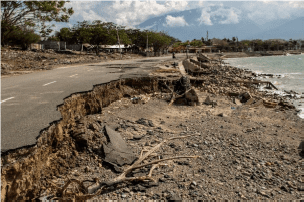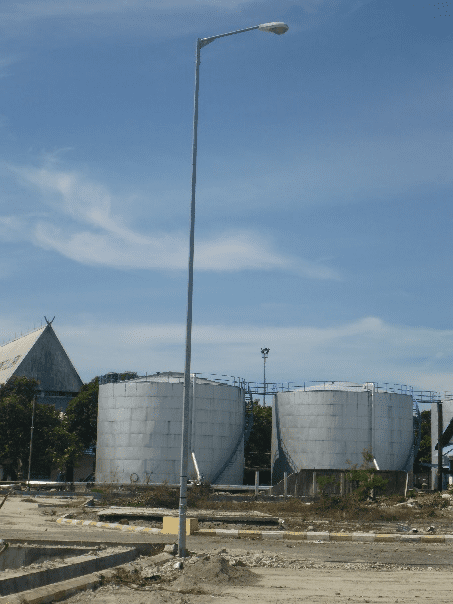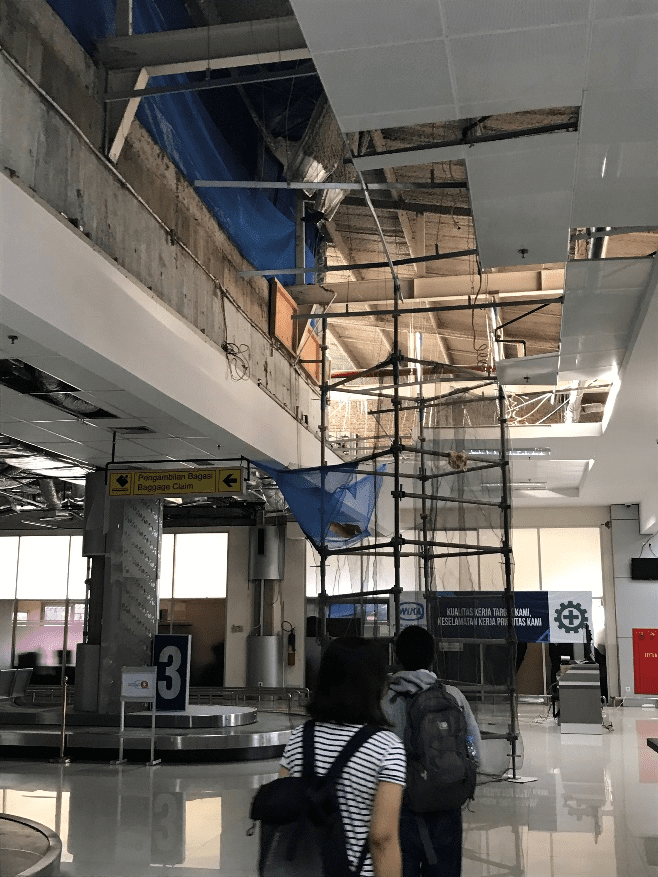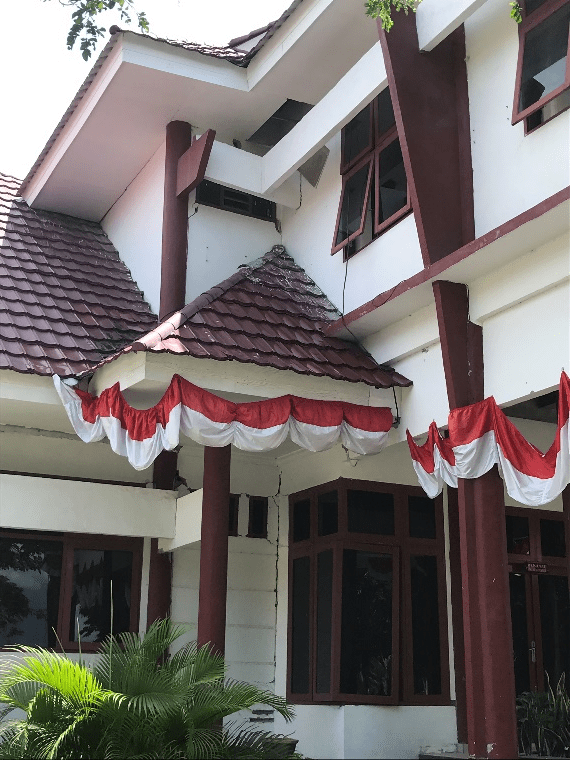
Kegiatan StIRRRD bertujuan untuk mewujudkan pengurangan risiko bencana dan peningkatan kesiapsiagaan di tingkat daerah menuju penguatan ketangguhan Indonesia. Kegiatan ini dilaksanakan atas kerjasama UGM dan GNS Science Selandia Baru serta didukung oleh Badan Nasional Penanggulangan Bencana (BNPB), Kementerian Desa, Pembangunan Daerah Tertinggal dan Transmigrasi (Kemendesa) dan Bappenas. Pendanaan kegiatan ini sepenuhnya didukung oleh Ministry of Foreign Affairs and Trade (MFAT) New Zealand.
StIRRRD dimulai sejak 2011-2012 di 2 daerah pilot yaitu Kota Palu dan Kota Padang. Kegiatan yang dilaksanakan meliputi workshop pemahaman tentang kebencanaan, penyusunan rencana aksi daerah, kunjungan dan pelatihan di New Zealand, serta pemantapan dan implementasi rencana aksi. Dalam pelaksanaannya, kegiatan ini mengutamakan koordinasi dan integrasi berbagai pihak seperti pemerintah daerah, universitas lokal, kalangan swasta, LSM, dan kelompok-kelompok komunitas siaga bencana. Atas keberhasilan kegiatan di daerah pilot, kegiatan ini disetujui untuk dilanjutkan selama 5 tahun dimulai dari tahun 2014 dan berakhir pada tahun 2019. Sebanyak 10 kabupaten/kota dilibatkan dari 4 provinsi, yaitu Sulawesi Tengah, Sumatera Barat, NTB, dan Bengkulu. Selain Kota Palu dan Kota Padang, kabupaten/kota lain yang ikut bergabung diantaranya: (1) Kab. Donggala, (2) Kab. Morowali, (3) Kota Mataram, (4) Kab. Sumbawa, (5) Kota Bengkulu, (6) Kab. Seluma, (7) Kab. Pesisir Selatan, dan (8) Kab. Agam.
Sebagai rangkaian akhir dari kegiatan StIRRRD, pada tanggal 23-25 Juli 2019 diadakan Seminar Nasional Pengurangan Risiko Bencana di Balai Senat Universitas Gadjah Mada. Seminar secara resmi dibuka oleh Kepala BNPB yang diwakili oleh Direktur Pemberdayaan Masyarakat, Lilik Kurniawan. Dalam sambutannya, Kepala BNPB menekankan perlunya pengurangan risiko bencana di tiap-tiap daerah yang salah satunya dengan menjaga kelestarian alam dan lingkungan. Selanjutnya Rektor Universitas Gadjah Mada yang diwakili oleh Wakil Rektor Bidang Kerjasama dan Alumni dalam sambutannya memaparkan penjabaran umum kebijakan UGM dalam memacu perubahan menuju kejayaan peradaban Indonesia, termasuk dalam pengurangan risiko bencana.
Pembicara kunci lainnya yang diundang adalah Duta Besar Selandia Baru untuk Indonesia yang dalam hal ini diwakili oleh Development Counsellor, Sumi Subramaniam, yang memaparkan tentang hubungan erat antara Indonesia dan Selandia Baru dalam berbagai bidang seperti kebencanaan, energi terbarukan, dan pemberian beasiswa. Pembicara kunci lainnya yang juga memberikan arahan penting dalam seminar ini adalah Suprayoga Hadi (Perencana Utama Bappenas), Raditya Jati (Direktur Pengurangan Risiko Bencana BNPB), Hasman Ma’ani (Direktur Penanganan Daerah Rawan Bencana, Kementerian Desa, Pembangunan Daerah Tertinggal dan Transmigrasi), serta Ali Mundakir (Direktur Utama PT. Pertamina Geothermal Energy).
Seminar ini diikuti oleh 200 orang peserta dari pemerintah pusat (BNPB, Kemendesa, Bappenas, PUPR, Kemendagri), Pimpinan Daerah, Ketua DPRD, BPBD dari 70 kabupaten/kota serta provinsi di Indonesia, Bappeda beserta OPD terkait, BASARNAS, berbagai universitas dari seluruh Indonesia, LSM, dan mahasiswa S2/S3. Para ketua pusat studi bencana serta peneliti kebencanaan dari Universitas Andalas (Sumbar), Universitas Bengkulu (Bengkulu), Universitas Tadulako (Sulteng), dan Universitas Mataram (NTB) juga hadir serta memberikan presentasi tentang peran serta perguruan tinggi dalam pengurangan risiko bencana. Seminar ini didukung oleh 7 ahli bencana dari GNS Science Selandia Baru yang memberikan banyak pengetahuan dan tukar pengalaman dalam pengurangan risiko bencana di Selandia Baru, terutama dalam menyusun dan implementasi rencana aksi pengurangan risiko bencana. Acara seminar dilanjutkan dengan kunjungan lapangan untuk mempelajari upaya mitigasi bencana di Bandara Yogyakarta International Airport, serta kunjungan ke shelter tsunami di Kabupaten Bantul.
Atas kerjasama antara Pemerintah Indonesia dan Pemerintah Selandia Baru dengan seluruh pemangku kepentingan yang terlibat dalam pengurangan risiko bencana, maka diharapkan konsep kegiatan StIRRRD dapat menjadi rujukan bagi seluruh pemangku kepentingan, baik di pusat maupun daerah, dalam memperkuat kapasitas di dalam pengurangan risiko bencana, sekaligus dalam membangun ketangguhan Indonesia dalam menghadapi bencana. Peran berbagai pihak (BNPB, Bappenas, Kemendesa, Kemendagri, UGM dan GNS) sangat diperlukan untuk dapat menelurkan gagasan baru serta menjaga keberlanjutan pengurangan risiko bencana berdasarkan capaian-capaian yang telah diraih StIRRRD. Rincian berbagai kegiatan dan dokumen penting yang telah dihasilkan oleh StIRRRD sejak tahun 2011 hingga 2019, termasuk dokumentasi, prosiding, dan laporan Seminar Nasional Pengurangan Risiko Bencana dapat dilihat pada laman web: http://stirrrd.wg.ugm.ac.id/
Dengan akan berakhirnya kegiatan StIRRRD yang telah menghasilkan banyak hal yang diperlukan untuk membangun ketangguhan dan ketahanan bencana di tingkat daerah, maka diperlukan komitmen dari seluruh pemangku kepentingan yang selama ini terlibat, untuk dapat melanjutkan dan terus mengembangkan upaya peningkatan ketangguhan dan ketahanan bencana di masing-masing daerah, sehingga kegiatan StIRRRD akan terus berlanjut melalui prakarsa dan komitmen bersama ke depannya.
Yogyakarta, 25 Juli 2019
Tim StIRRRD
Download:
Proceeding of DRR Seminar_2019
Final DRR Seminar Day 1 – Presentation
Final DRR Seminar Day 2 – Presentation
Documentatation:
Documentation of Final Seminar Day 1
Documentation of Final Seminar Day 2
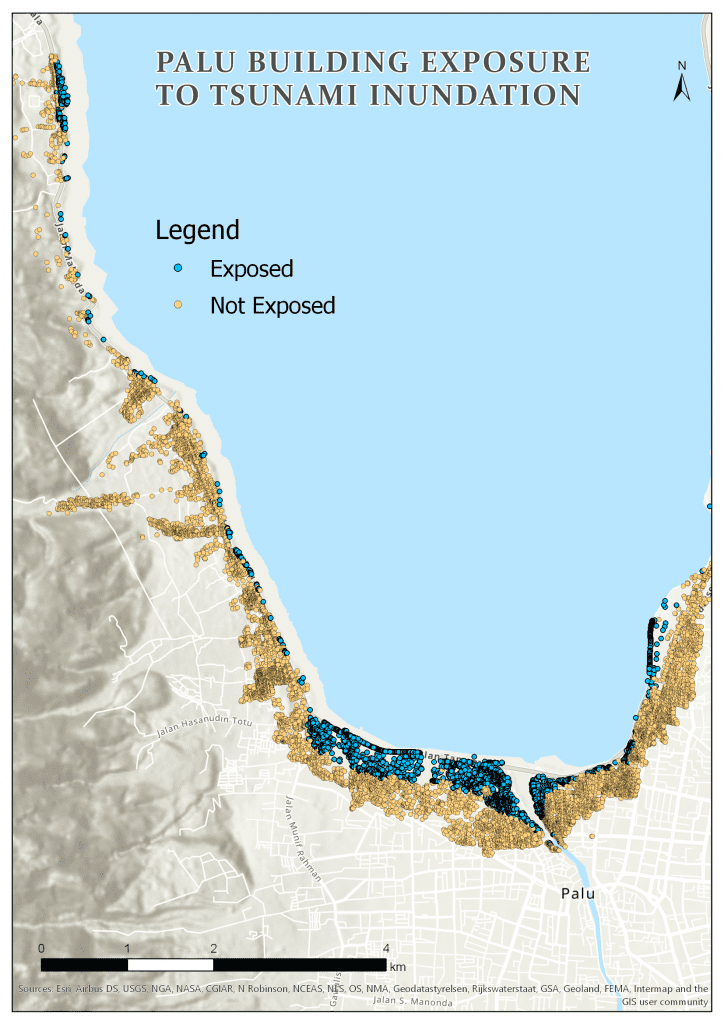



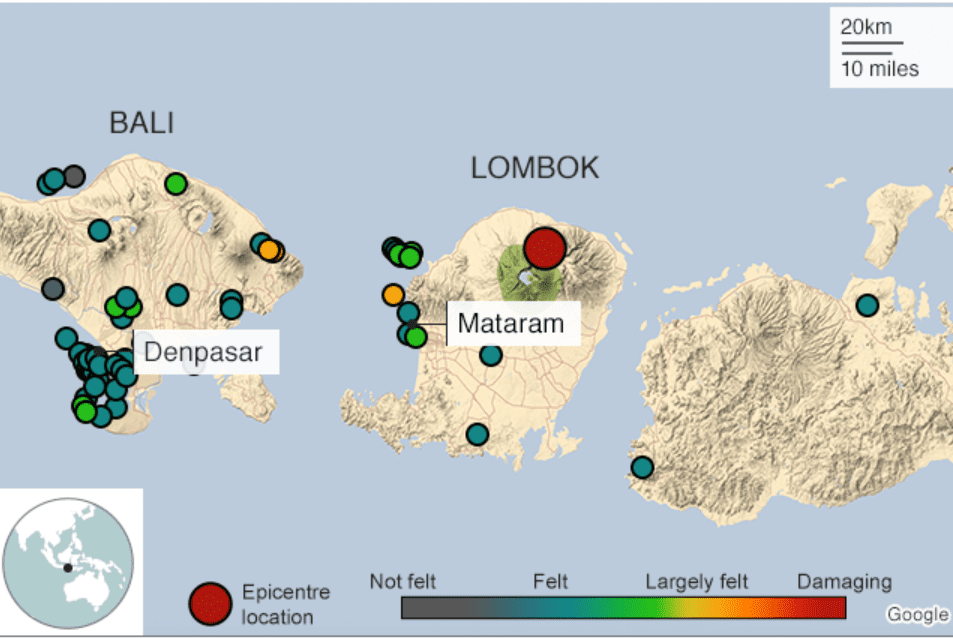
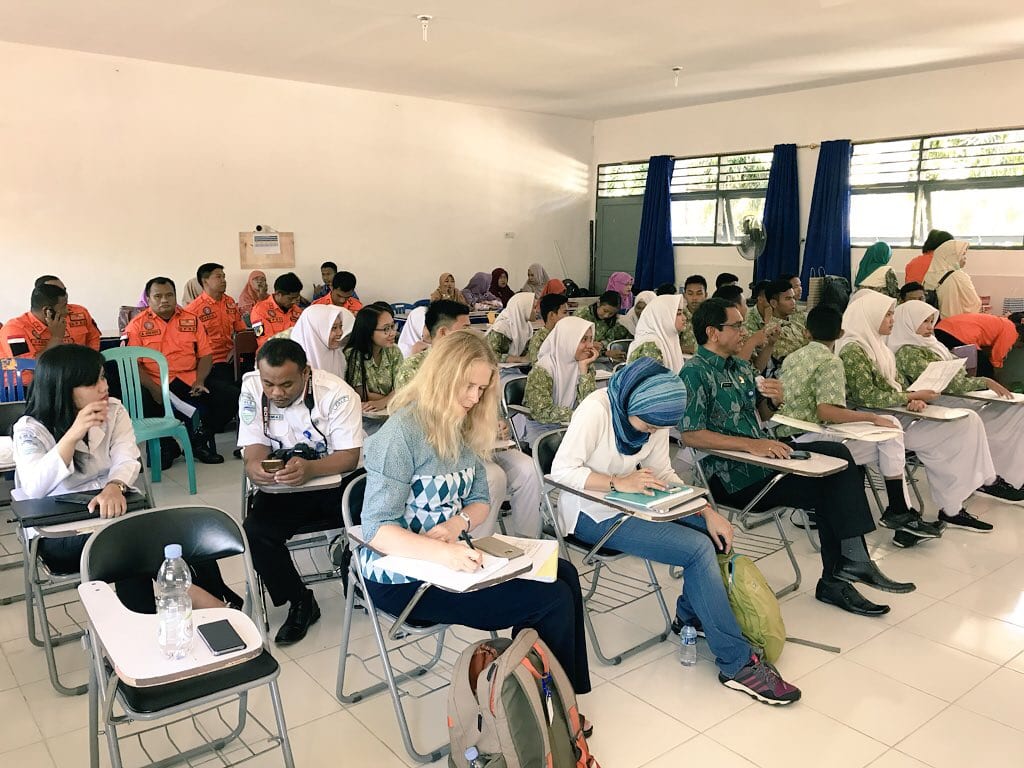


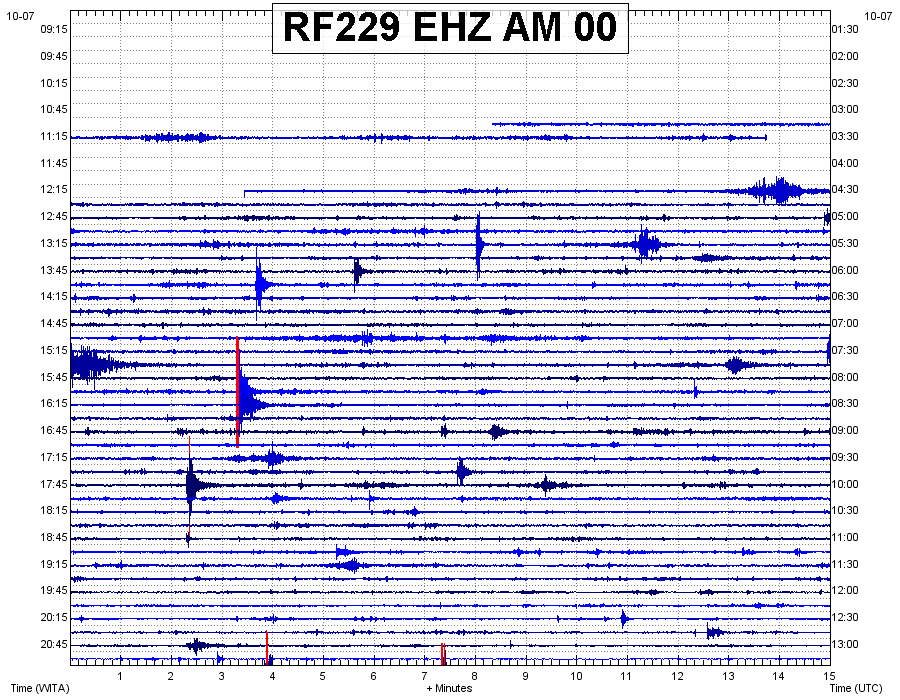
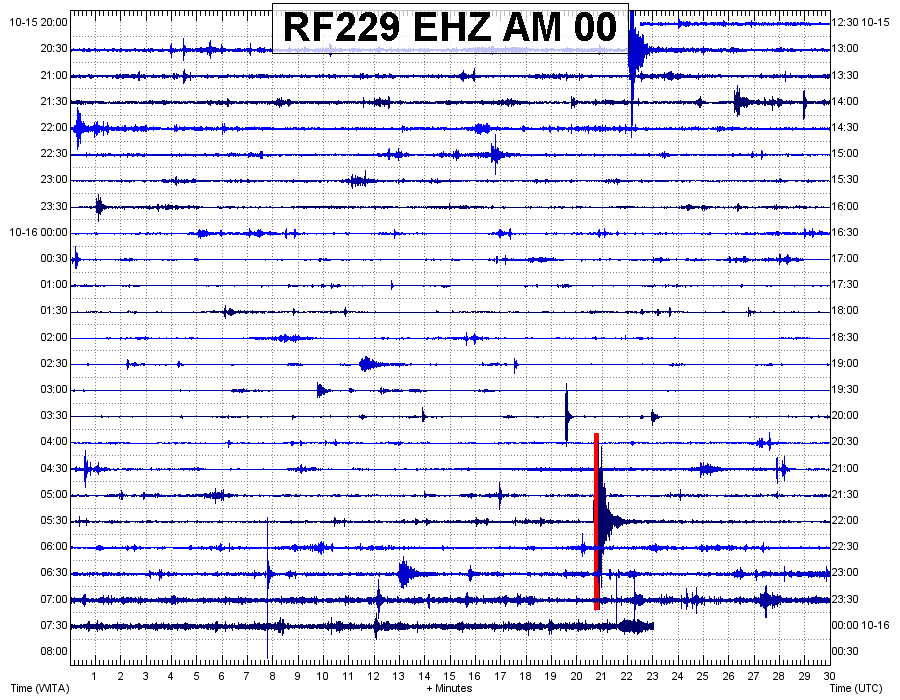
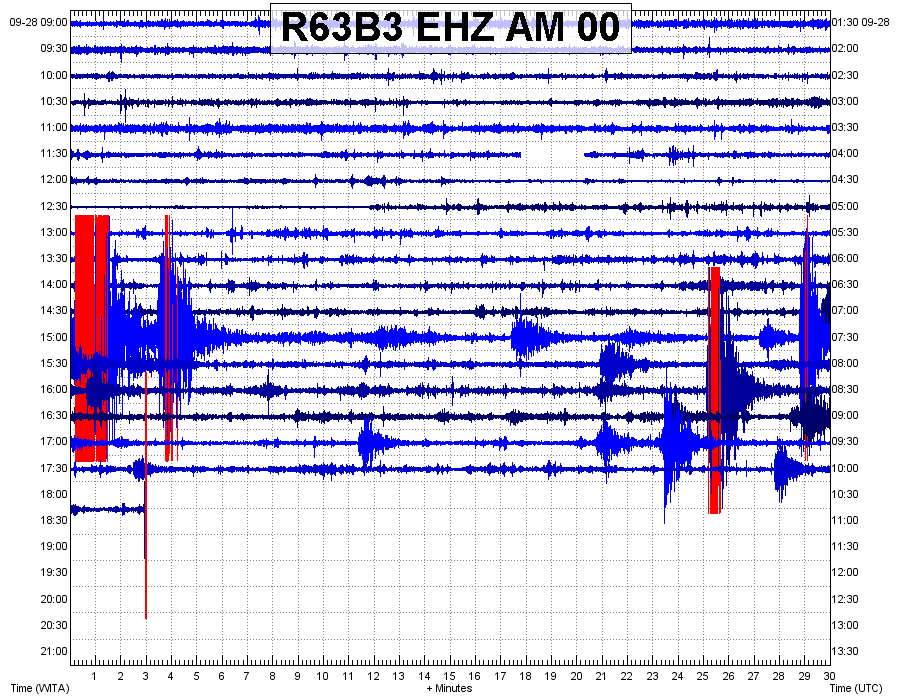


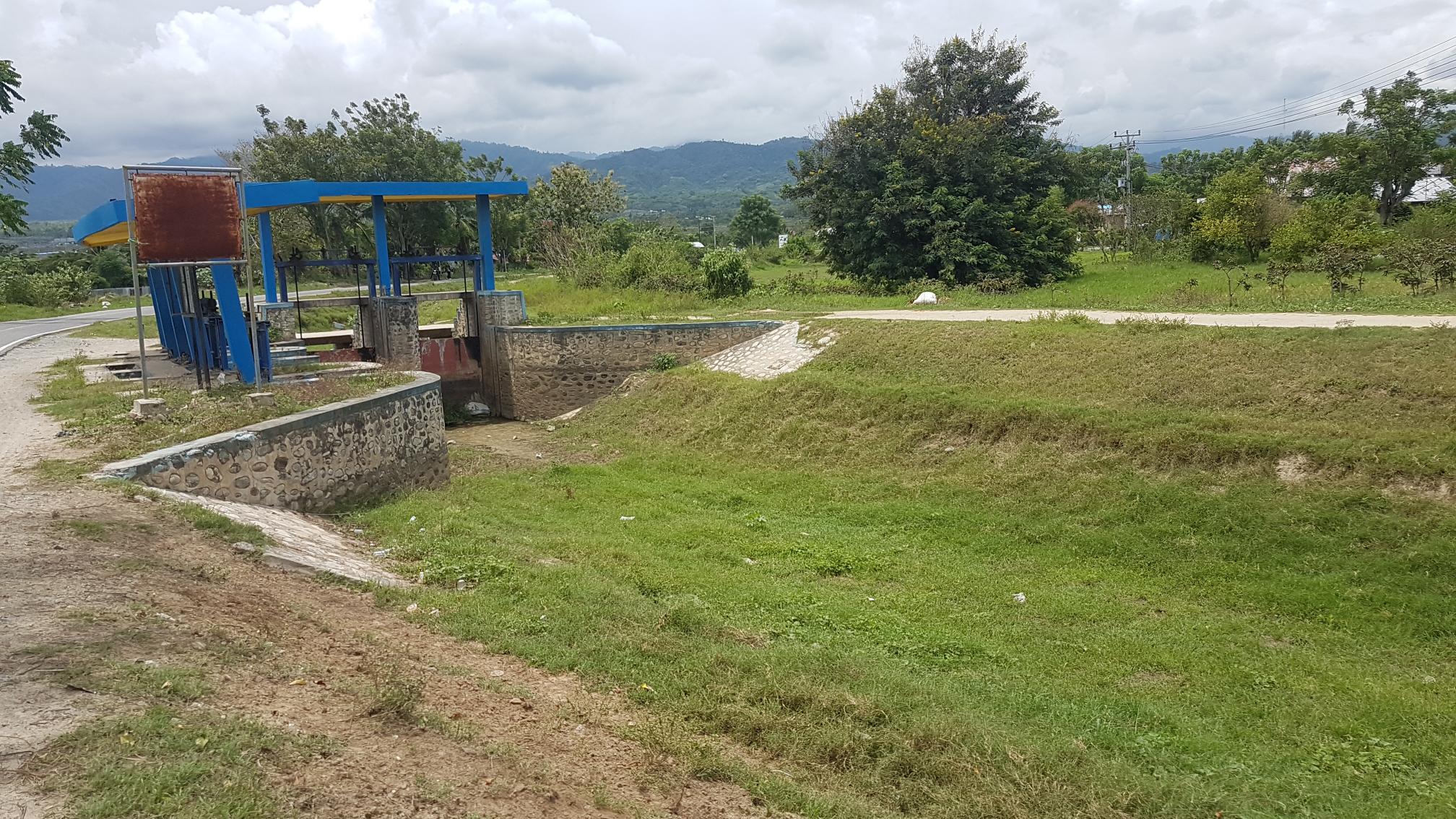

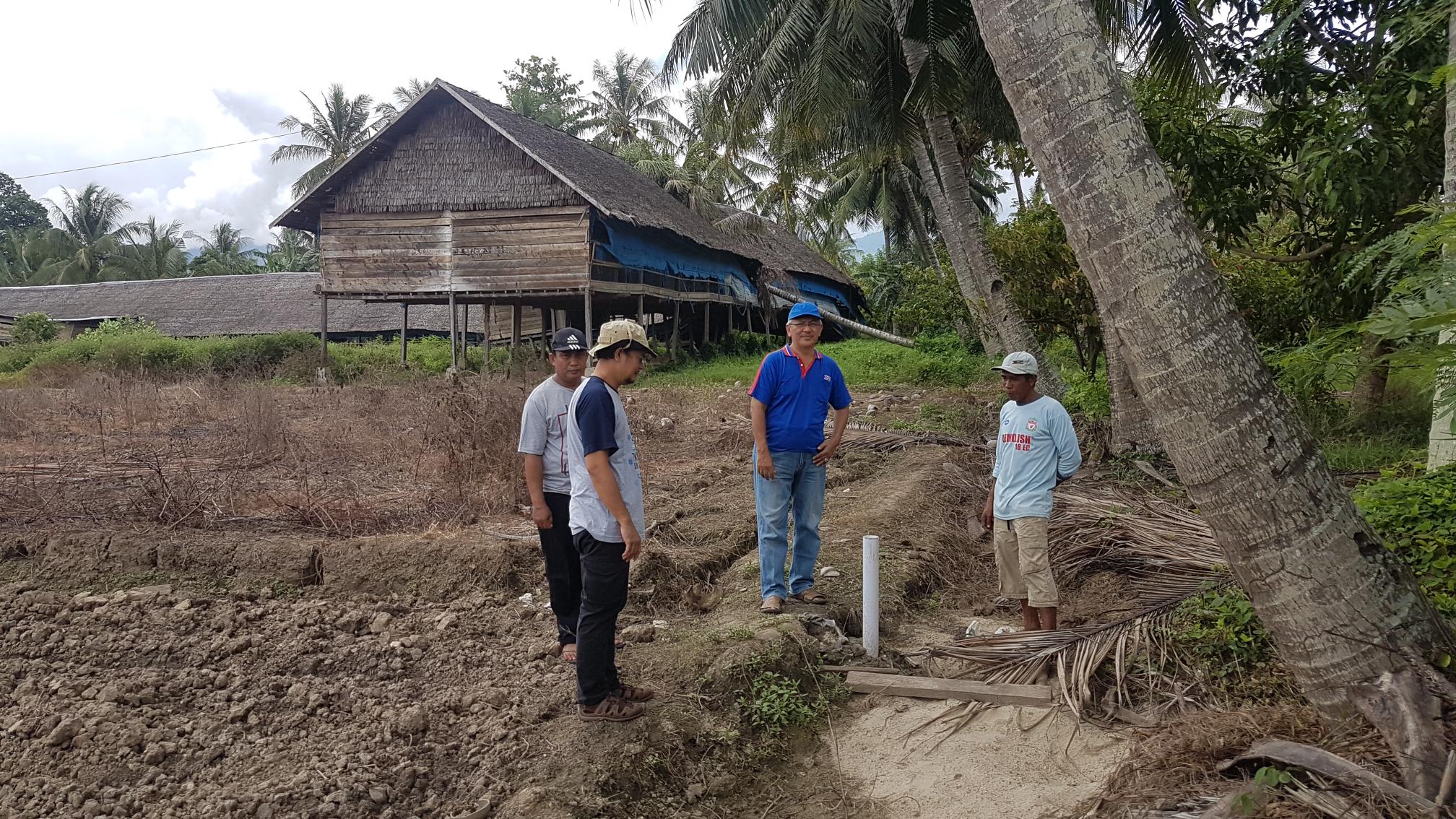
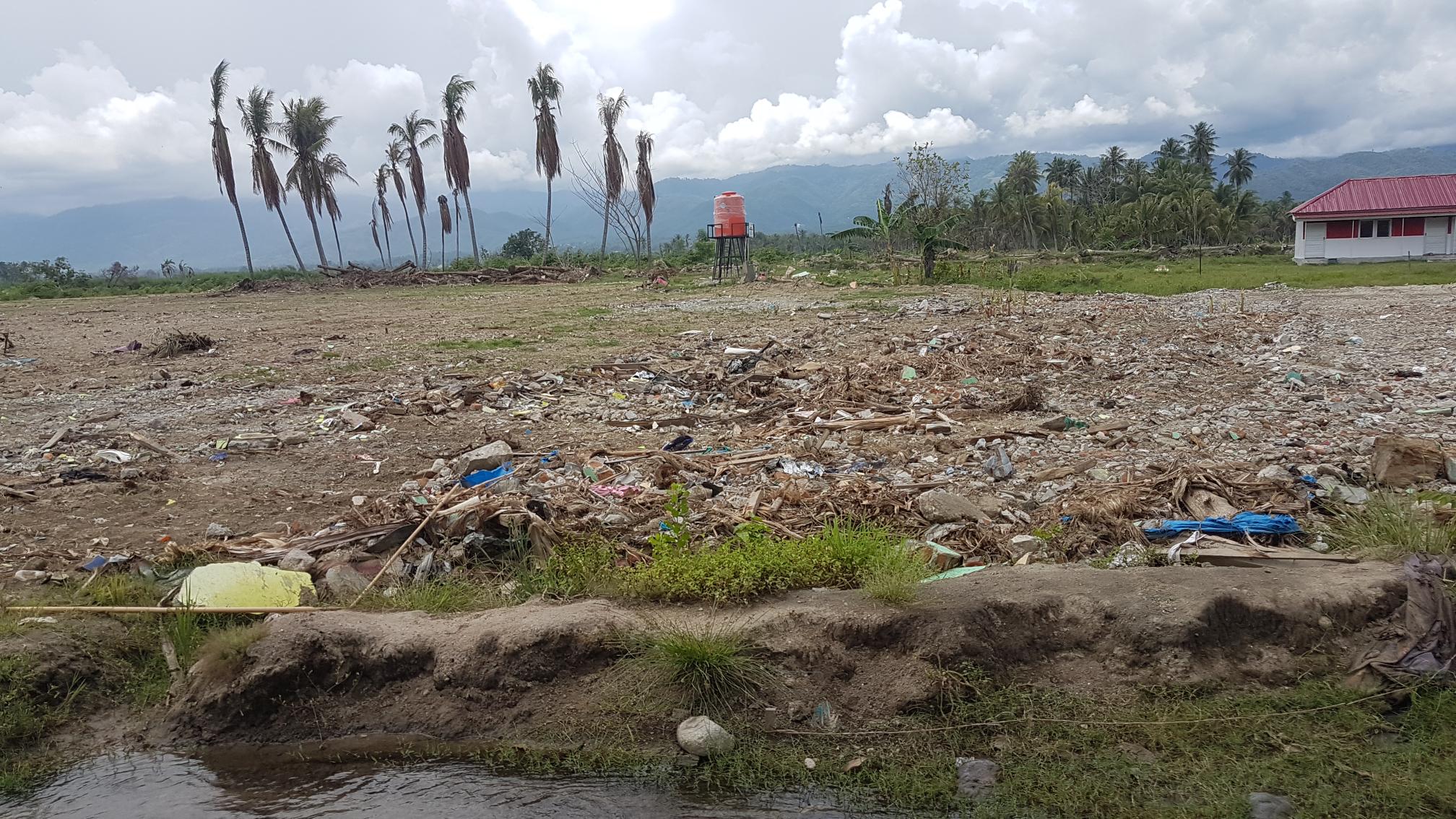
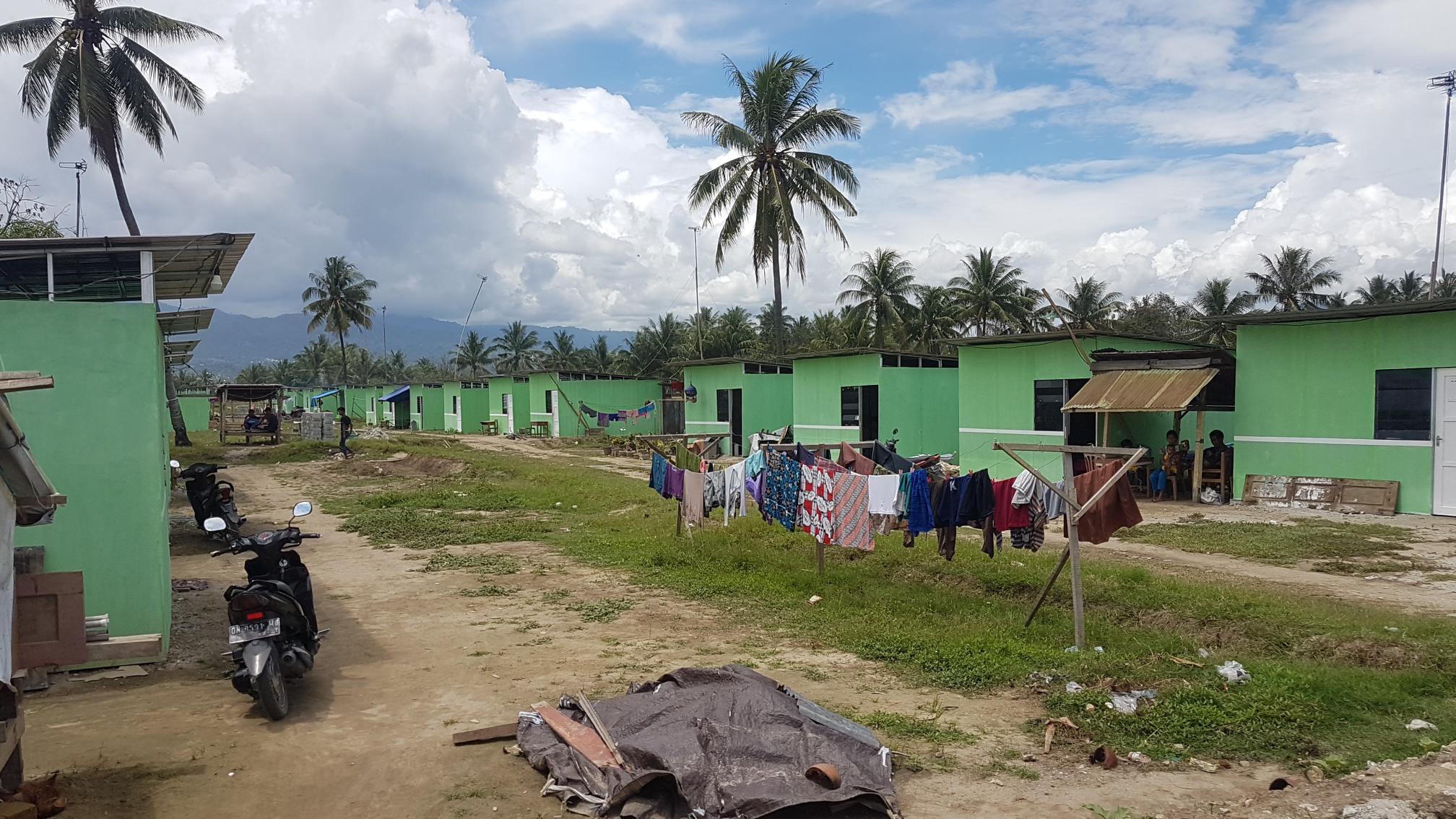
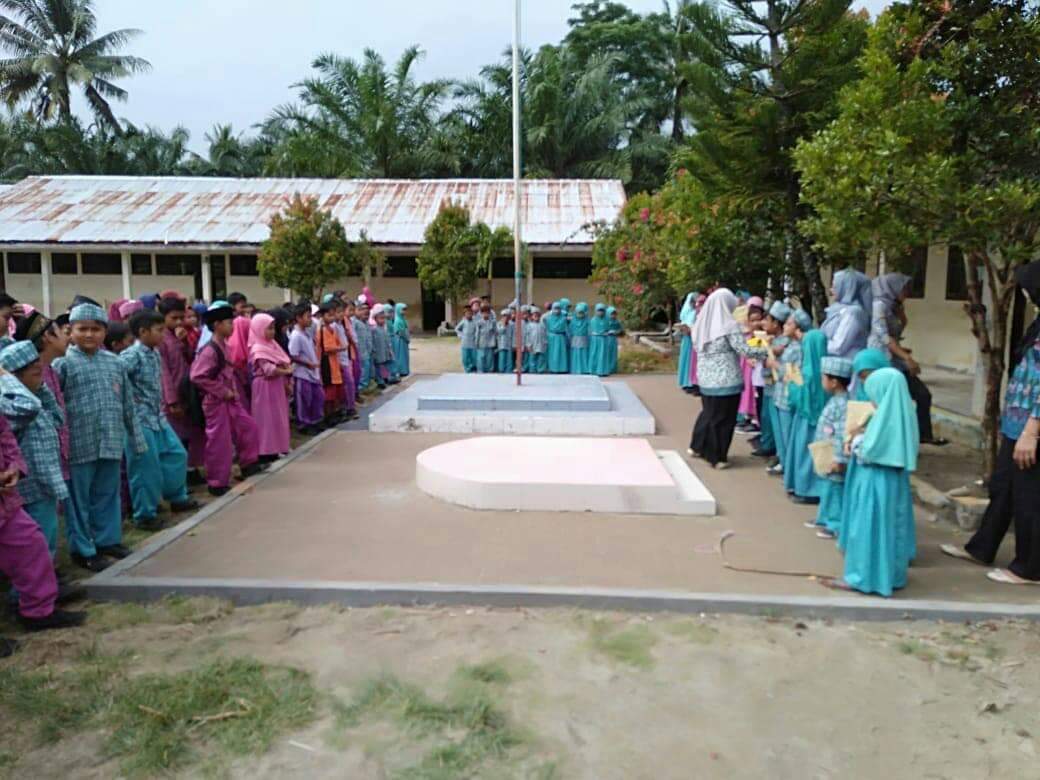
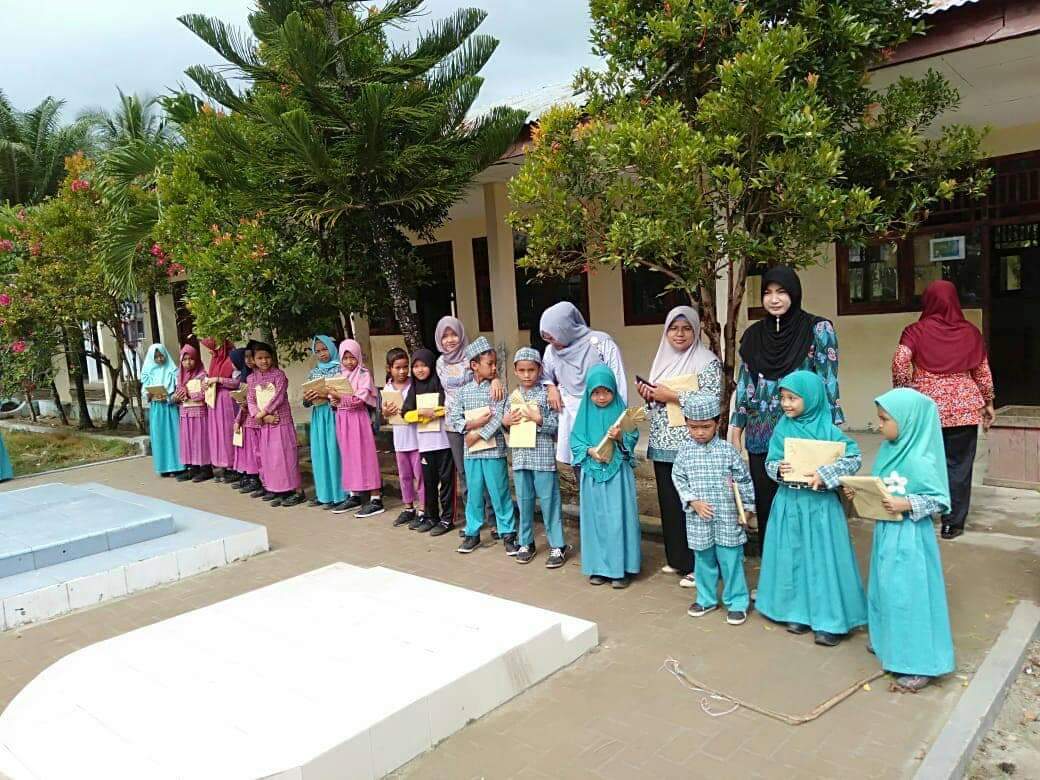
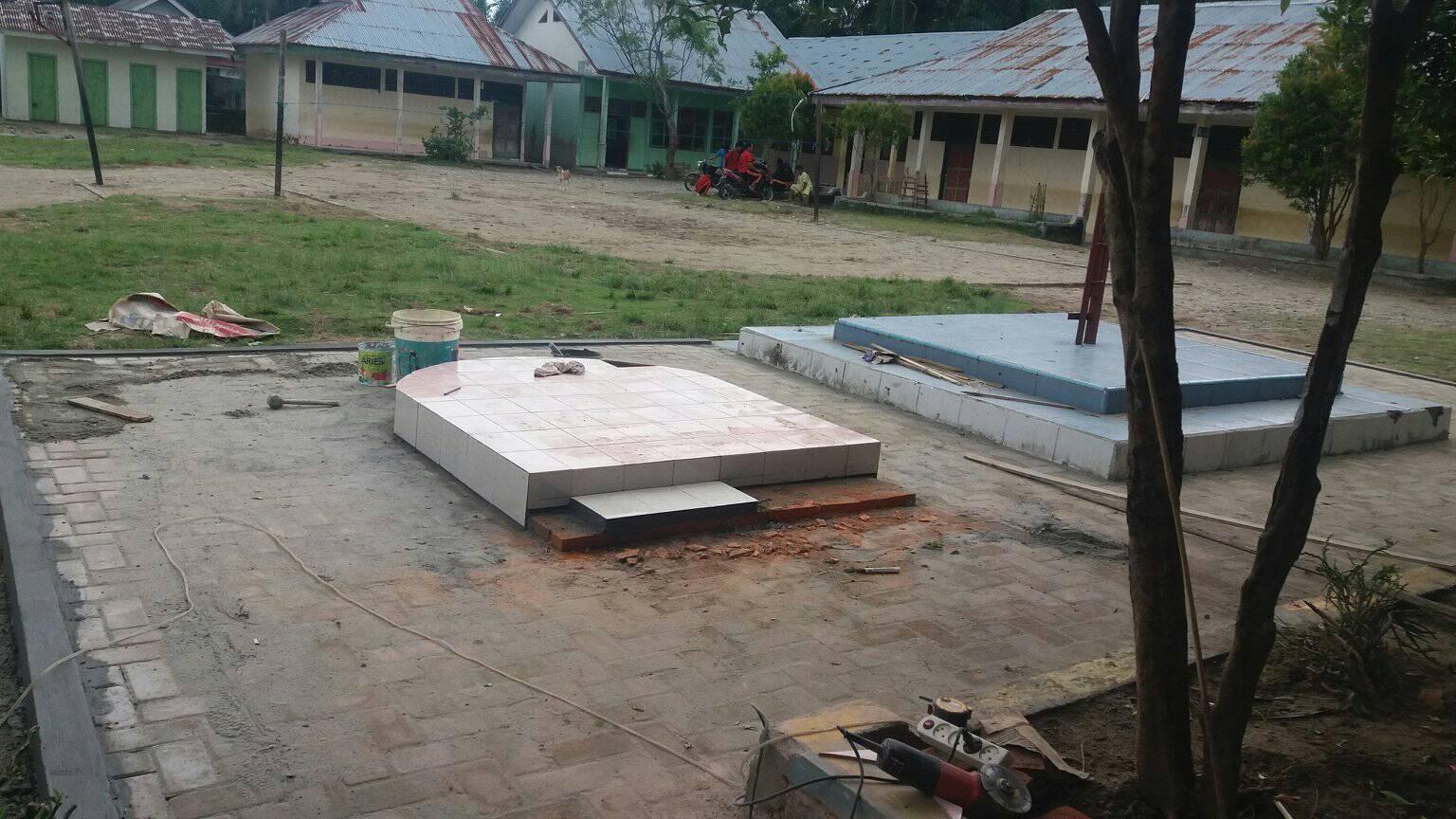
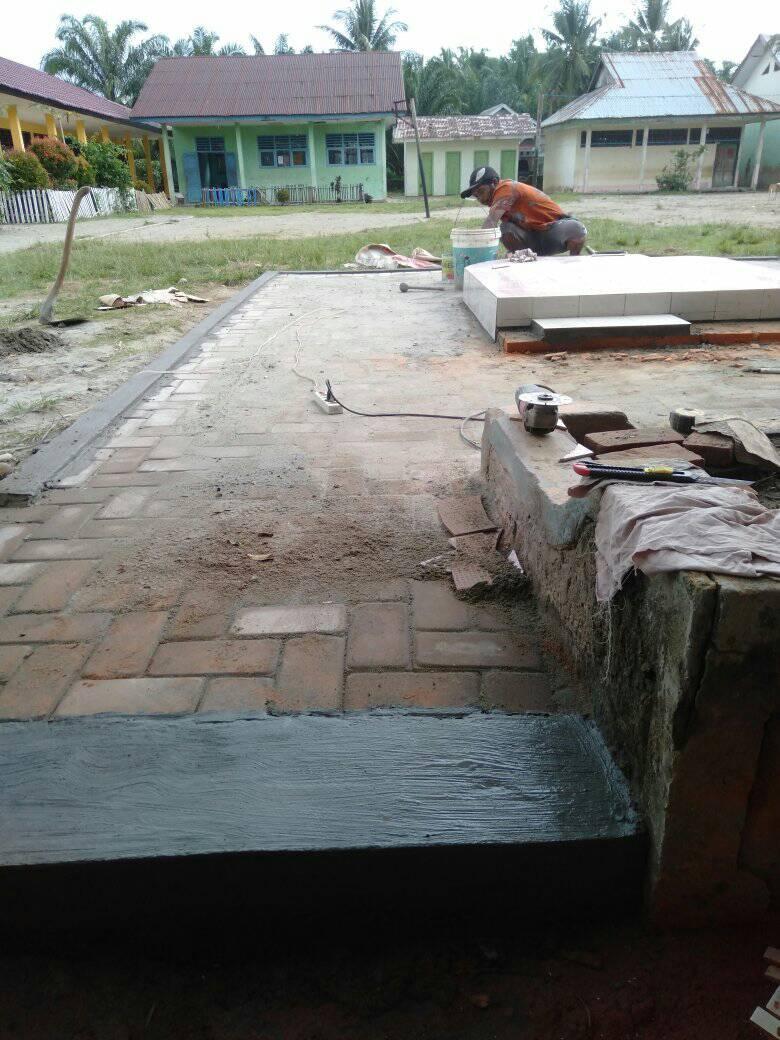

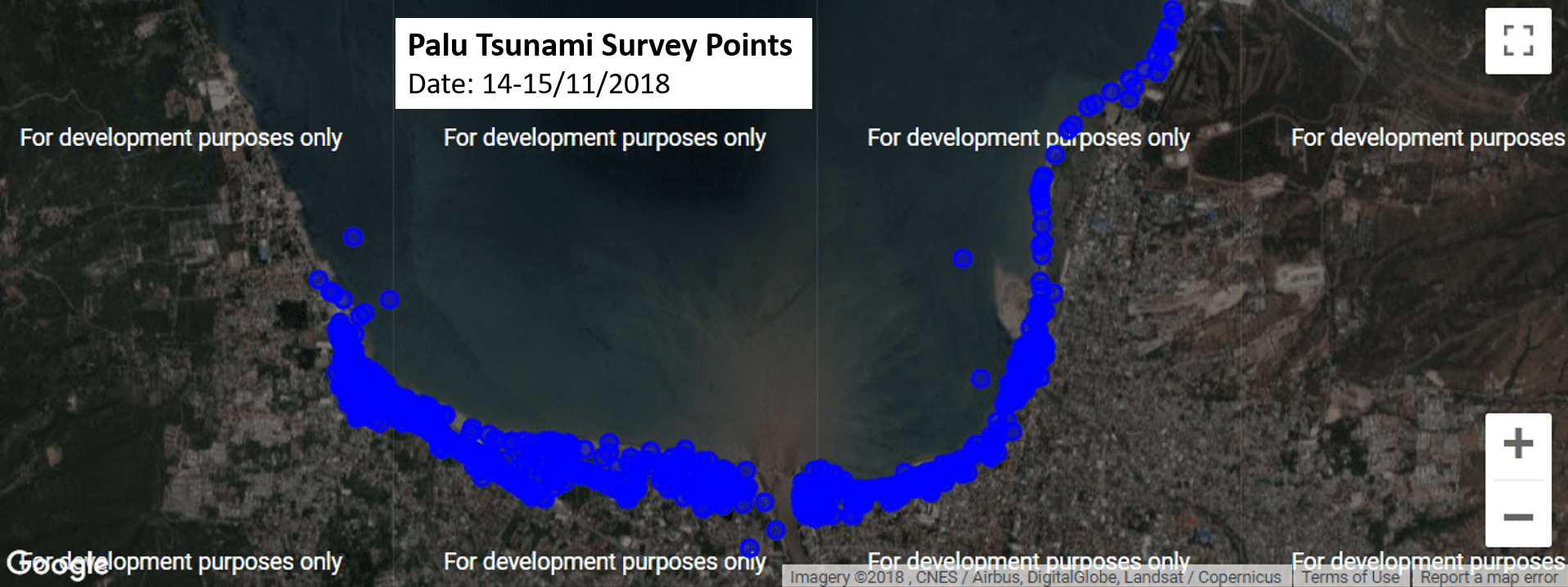


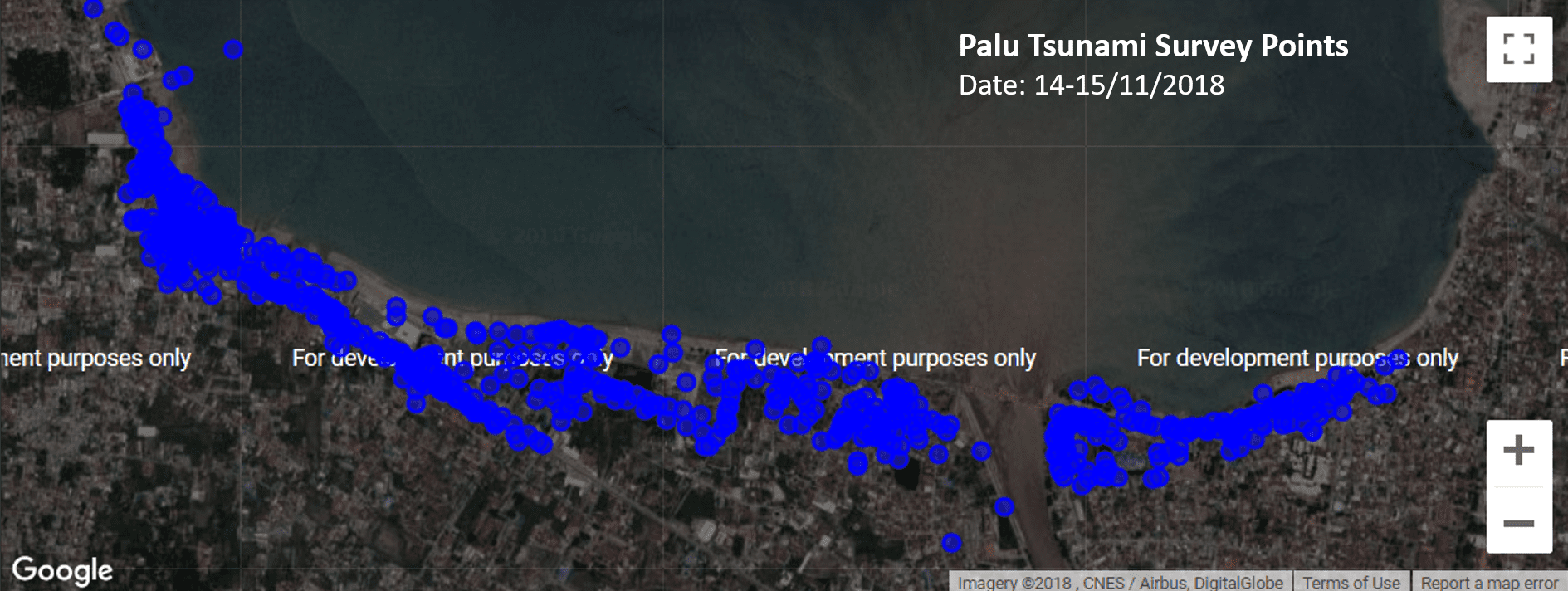



 Activities Summary
Activities Summary
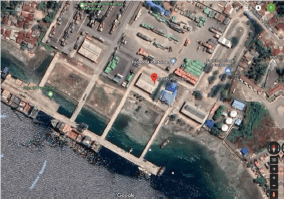 Tsunami Damage Observations
Building and infrastructure damage was observed during recognisance along the coastline from Tawaeli to Palu City. The survey team made two stops at Port of Pantoloan and Kampung Nelayan based on the recommendations of UNTAD colleagues. Damage characteristics were observed but not systematically recorded using a field data collection application.
Tsunami Damage Observations
Building and infrastructure damage was observed during recognisance along the coastline from Tawaeli to Palu City. The survey team made two stops at Port of Pantoloan and Kampung Nelayan based on the recommendations of UNTAD colleagues. Damage characteristics were observed but not systematically recorded using a field data collection application.
 Buildings
Buildings
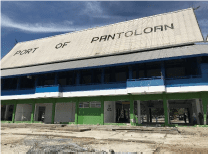 Noted that the ferry service was moved to another further north port prior the Palu-Dongala earthquake tsunami, hence limited human impact during the event.
Noted that the ferry service was moved to another further north port prior the Palu-Dongala earthquake tsunami, hence limited human impact during the event.




